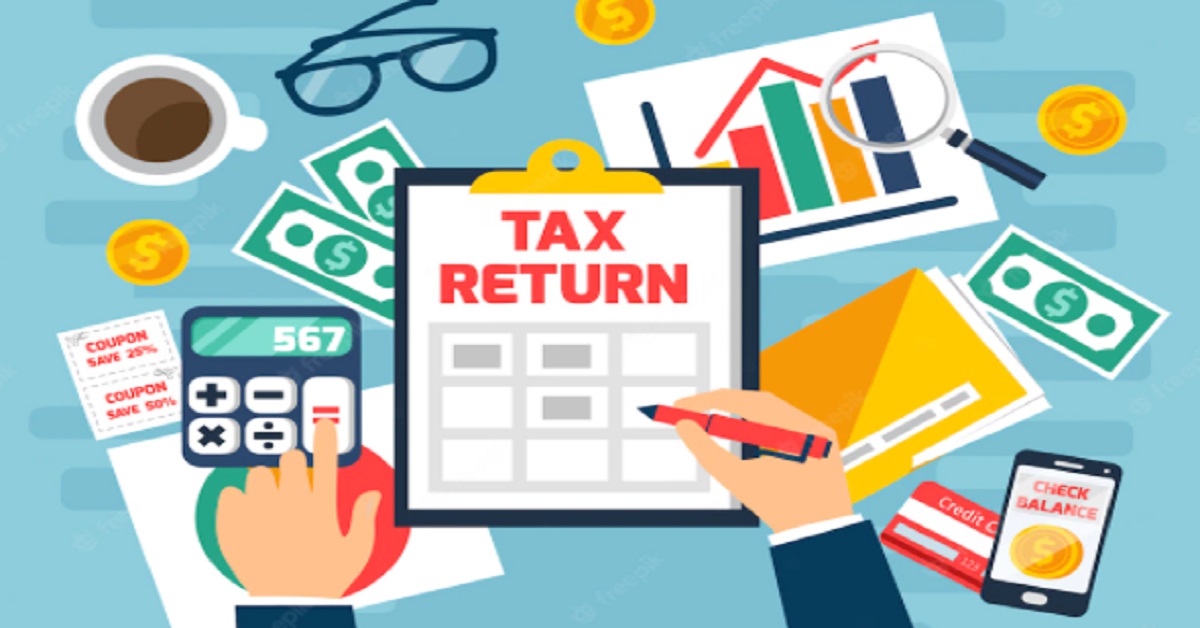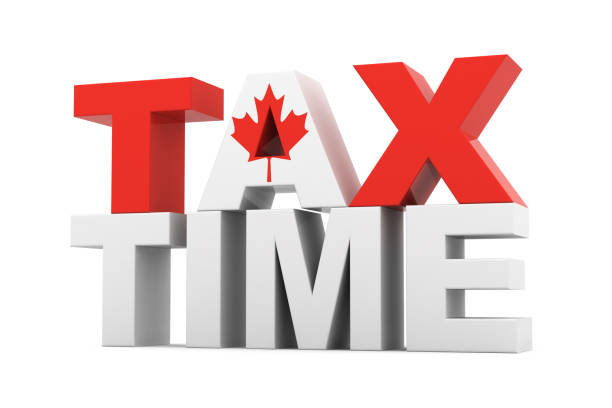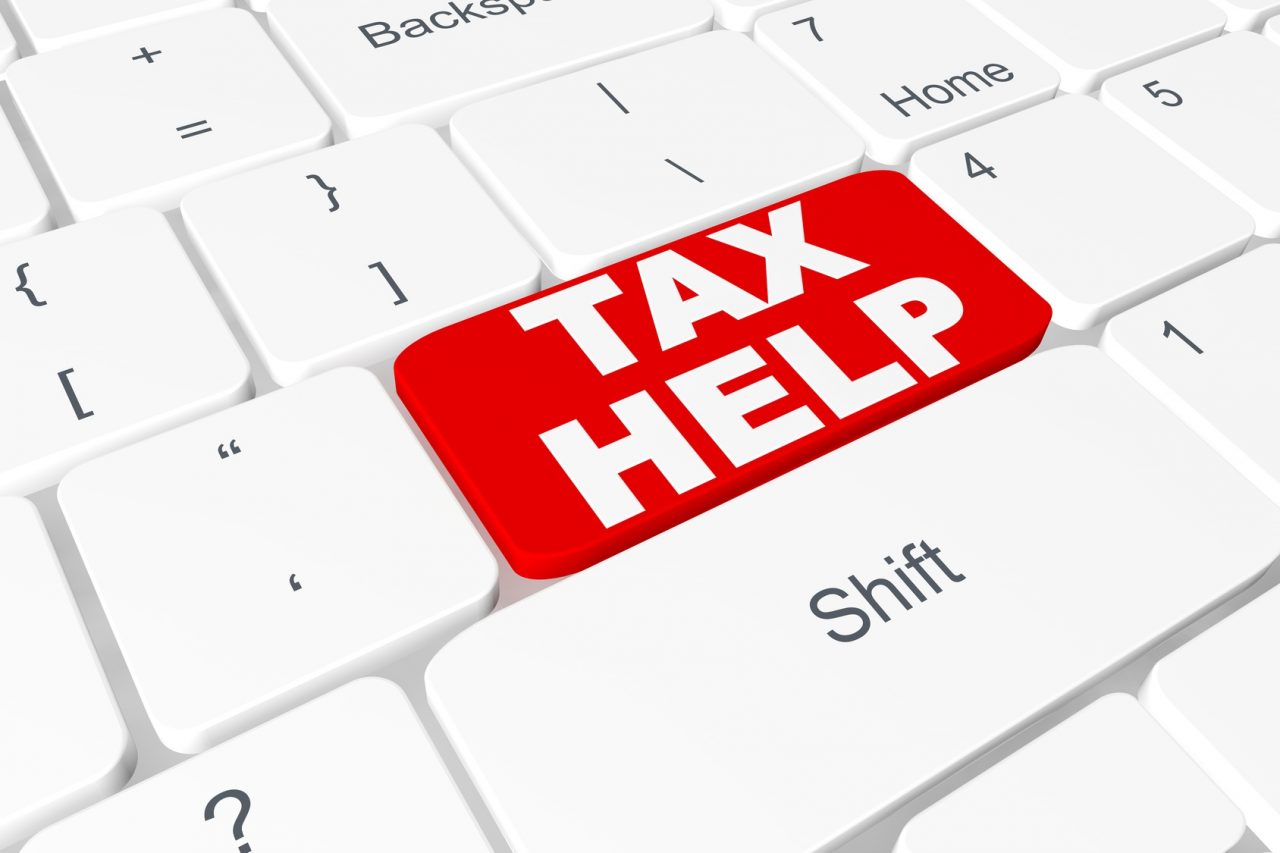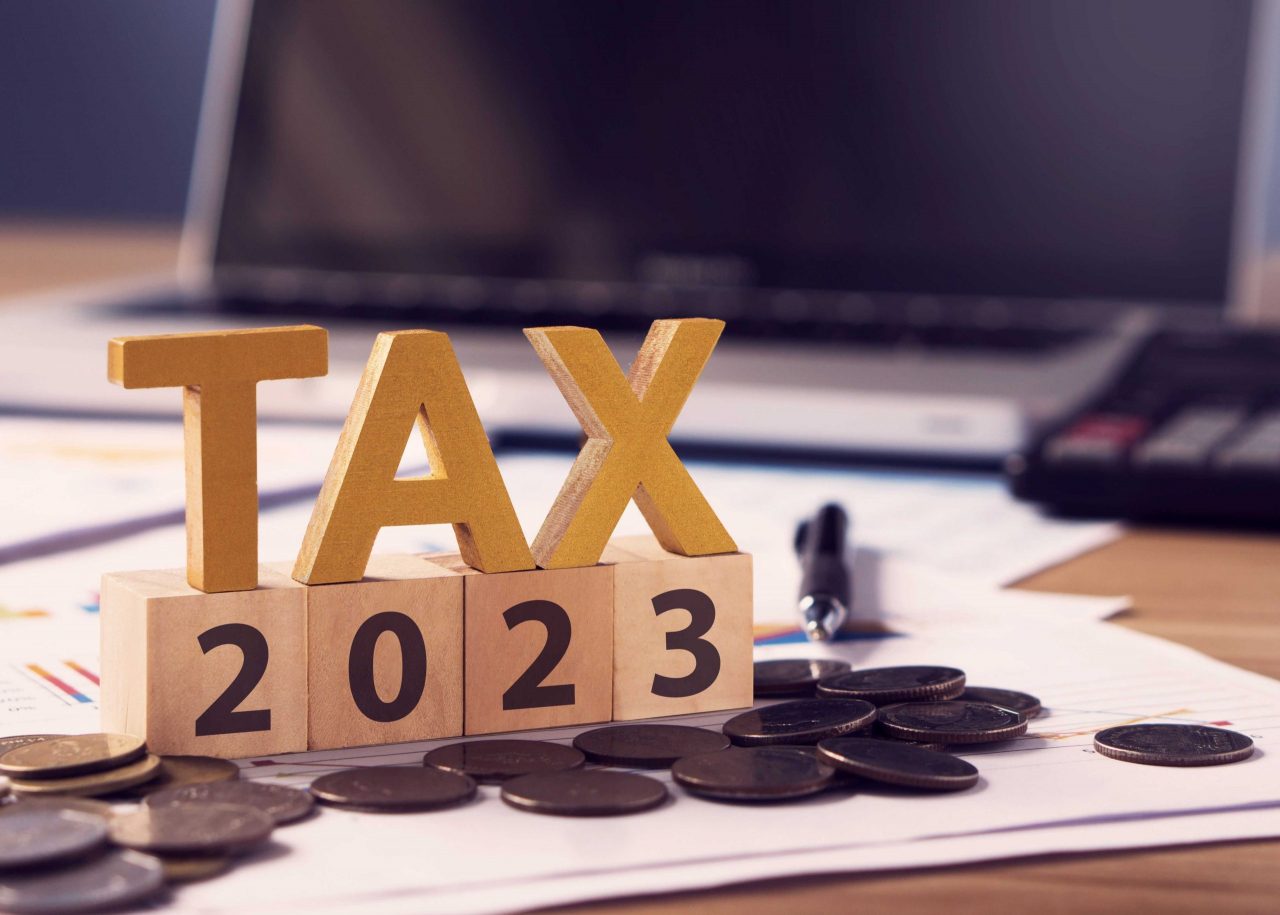To win elections, politicians need votes. And to run the election campaigns needed to garner those votes, they need an organization, volunteers, and money – a lot of money. To wage the federal election held last month, the major political parties needed to raise and spend millions of dollars. Their task of raising that money was undoubtedly made somewhat easier by the fact that Canadian taxpayers who donate money to political parties or candidates can obtain some tax benefit from doing so.
income tax Archives - Akler Browning LLP
It’s likely that very few Canadians view completing and filing the annual tax return as anything other than an unpleasant chore to be endured, with a sigh of relief once it’s finally done. The goal, for both the taxpayer and the Canada Revenue Agency (CRA), is for the return to then be “assessed as filed”, meaning that the CRA agrees with the income information provided, the deductions and credits claimed, and the final overall tax result obtained by the taxpayer. And, while the best-case scenario is for the taxpayer to have filed a return that is correct and complete and filed on time, that’s a result which can be derailed in any number of ways.
While the tax return form that Canadians prepare and file each spring might look identical to the form that was used the previous year, the reality is that our tax system is constantly changing, and that change is reflected in amendments made to each year’s tax return form, which in turn affect the tax situation of every Canadian taxpayer.
For most Canadians, tax planning for a year that hasn’t even started yet may seem premature or even unnecessary. However, most Canadians will start paying their taxes for 2025 in less than two months, starting with the first paycheque they receive in January.
Canada’s tax system is a self-assessing one, meaning that the onus rests on individual taxpayers to file their annual return each spring and to pay any amounts owed.
For the majority of Canadians, the due date for filing of an individual tax return for the 2023 tax year was Tuesday April 30, 2024. (Self-employed Canadians and their spouses have until Monday June 17, 2024 to get that return filed.)
No one likes paying taxes, but for taxpayers who live on a fixed income having to pay a a large tax bill can mean real financial hardship – and the majority of Canadians who live on fixed incomes are, of course, those who are over 65 and retired.
Each year, the Canada Revenue Agency publishes a statistical summary of the tax filing patterns of Canadians during the previous filing season. The final statistics for 2023 show that the vast majority of Canadian individual income tax returns – just over 92%, or just under 30 million returns – were filed by electronic means, using one or the other of the CRA’s web-based filing methods. About 2.5 million returns – or just under 8% – were paper-filed.
At a time when Canadian households are coping simultaneously with ongoing inflation, especially food inflation, as well as interest rates which are at their highest point in decades, every dollar of income counts. And where that income can be obtained with minimal effort, and received tax-free, then it’s a win-win for the recipient.
The vast majority of Canadians view completing and filing their annual tax return as an unwelcome chore, and generally breathe a sigh of relief when it’s done for another year.








